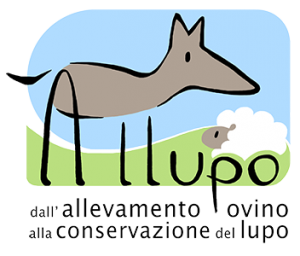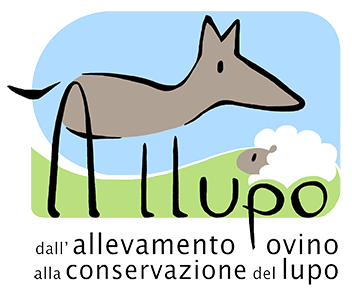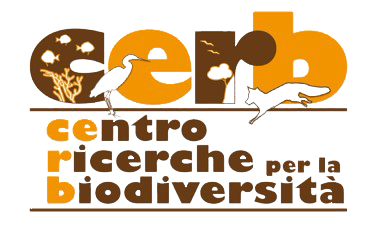Action 5
Analysis of relationship between different grazing conditions and compositions of plant and animal conditions.
Considering the diversity of flora and plant, from which depends the invertebrate and vertebrate animal diversity of grasslands, numerous studies on the effects of sheep farming practices have long been highlighted as a prudent conduction of grazing and the use of grass sub-strata contribute to the maintenance of high values of floristic wealth and diversity of animal communities. On the one hand, if the presence of domestic grazing livestock is responsible for the disturbance of the wildlife, on the other it maintains the quality of a pasture high, favoring a subsequent use by numerous animal species. Now the lack of data on the structure of the animal communities in relation to the types of vegetation and the different management and pastoral management, requires a specific study that has as its purpose the identification of management measures aimed at maintaining the quality of pastures, in terms of floristic and wildlife diversity, with particular reference to the species of conservation interest.
From the interpretation of the data collected, it was possible to describe and obtain a “biodiversity cadastre” of the “Jazzo Corte Cicero” company that can represent a model for other companies also in order to draw up sustainable grazing guidelines for the conservation of pastures themselves and biodiversity. In particular is described the community structure of the “orotteri” and “lepidoptera” (indicators of the integrity of the prairies) and of the “passerine birds” typical of the prairies (farmland birds). Moreover, the farmland birds and “Occhione” bird were monitored in about 50 detection stations selected based on the different use of the land, representative of the agro-pastoral systems of the Park area. The study of the flora on the farm’s area is made through erborizzazioni in the field and subsequent determination of the samples in the laboratory cannot be identified directly.
The vegetation analysis is performed with the phytosolophical method of the Zurich-Montpellier (BraunBlanquet, 1932; Westhoff & van der Maarel,1978) sigma-school. This is based on the implementation in the field of vegetation reliefs in different physiognomic-structural units in homogeneous floristic composition.
The reliefs belonging to each type of vegetation are then grouped into tables and classified by highlighting the groups of species, characteristic of the different syntaxas, as known in specialized literature.
This method allows the characterization of the vegetation also for the identification of the Habitats of communitarian interest present in the survey area, as defined in accordance with the Directive 92/43/CEE.
The plant-based analysis, aimed at identifying the pastoral value, is carried out according to a naturalistic methodology subsequently extended to all types of vegetation identified with phytosociological methodologies.
Starting from the phytosociological surveys, this method provides for the calculation of the total Agronomic value of a pasture based on the specific covering degree and the palatability class of each species. With these basic studies, it will be possible to verify the qualitative and quantitative characteristics of the prairies also in terms of phytocenotic biodiversity and conservation status and evaluate the pastoral quality of the considered areas. The latter aspect is essential for their livestock management as a function of their protection and maintenance of economic value.














